Service hotline
+86 0755-23615795
Release date:2025-08-04Author source:KinghelmViews:283
When using Bluetooth modules, many users encounter issues like limited signal coverage or short transmission range. Naturally, this raises the question: Can you boost performance by extending the antenna?
In fact, adding length to the antenna is a common approach to improving Bluetooth signal—but doing it incorrectly may cause severe signal loss, unstable connections, or even damage the module. This guide explains the feasibility, key factors, practical steps, and common pitfalls of extending a Bluetooth module’s antenna—so you can enhance signal without making it worse.
Simply “making the antenna longer” rarely works. Three essential conditions must be met to avoid making things worse:
1. The module must support an external antenna
Some small Bluetooth modules (like BLE chip-on-board modules) use built-in ceramic antennas and don’t have RF connectors (like IPEX or SMA). These cannot be easily modified; removing the built-in antenna often destroys the module.
Only modules with external antenna interfaces (e.g., CC2541 modules with IPEX U.FL connectors) can safely use longer or higher-gain antennas.
2. Proper impedance matching
Bluetooth modules typically use a 50Ω RF path. Extending the antenna requires:
A feed line (the cable between module and antenna) with 50Ω impedance (e.g., RG-174 or RG-316).
An antenna with 50Ω impedance (with a tolerance of ≤5Ω).
If mismatched (e.g., using 75Ω TV coax as feed line), signal reflections increase (VSWR > 2.0), and real efficiency may drop from ~70% to below 30%.
3. Keep the length reasonable
Bluetooth works at 2.4GHz (wavelength ≈12.5cm). Excessive feed line length greatly increases signal loss:
|
Feed line length |
Typical signal loss |
Expected effect |
|
≤0.5m |
~0.5–1dB |
Negligible; range improves 10–20% |
|
~1m |
~2–3dB |
Small improvement (5–10%) |
|
>2m |
≥5dB |
Range may drop below original |
As a rule, keep total length (feed line + antenna) under 1 meter.

1. Replace with a high-gain external antenna (simplest & most effective)
How: Unscrew the original low-gain antenna (e.g., 2dBi rubber duck) and replace it with a higher-gain version (e.g., 5dBi) using the same connector.
Benefits: No feed line loss; significantly stronger signal (e.g., RSSI improves from –80dBm to –65dBm within 10m).
Best for: Fixed installations like gateways or Bluetooth base stations.
2. Add a short feed line to move the antenna (useful when space is limited)
How: Use an adapter (e.g., IPEX-to-SMA) to connect the module’s antenna port to a 50Ω feed line (≈0.3–0.5m). Mount the external antenna at a better location.
Tips: Secure the feed line inside the enclosure to avoid bending; keep bend radius ≥5× cable diameter (for RG-174, ~6.5mm).
Best for: Hiding the module inside a metal case, while placing the antenna outside (e.g., smart locks).
3. Use a custom antenna assembly with feed line (for industrial use)
How: Buy a custom antenna kit (e.g., SMA connector + 1m low-loss feed line + high-gain antenna).
Tips: Choose low-loss cables (e.g., silver-plated RG-316, ~30% lower loss than RG-174); apply waterproofing (heat-shrink + sealant) for outdoor use.
Best for: Industrial devices (e.g., sensors inside hot areas, with antennas routed to cooler, open locations).
Check datasheet for antenna port type (e.g., IPEX U.FL, SMA female).
Buy matching adapters & feed lines.
Tools: antistatic wrist strap (prevents ESD damage), small wrench (SMA torque: ~5–8N·cm), multimeter (for continuity check).
Step 2: Remove original antenna
For SMA: unscrew counterclockwise.
For IPEX: gently lift the latch—never pull the cable directly.
For removable internal antennas: soften solder joints with a heat gun (~250°C) before removal (never force).
Step 3: Connect feed line & new antenna
Snap IPEX connector in place (listen for a “click”) or screw SMA until snug, then tighten gently with wrench.
Connect feed line to antenna carefully (don’t cross-thread).
Check feed line continuity: normal is open circuit (if shorted, replace the feed line).
Step 4: Secure & position
Route feed line along the enclosure wall, fix with cable ties, avoid floating cables.
Bend gently (bend angle ≥120°).
Mount antenna vertically and in the clear (≥30cm above metal parts); tilting reduces signal in some directions by 10–15dB.

|
Issue |
Likely cause |
Solution |
|
Signal weaker after extension |
Impedance mismatch (non-50Ω feed line) |
Replace with RG-174/RG-316; check VSWR ≤1.5 |
|
Frequent disconnections |
Reseat connector, secure feed line to reduce vibration |
|
|
Small or no improvement |
Antenna gain too low (<2dBi) |
Upgrade to ≥5dBi antenna; ensure open mounting location |
|
Module overheating |
Feed line shorted (RF overload) |
Power off immediately; find and replace damaged cable |
Extending the antenna can help—but only if:
lThe module supports external antennas.
lImpedance stays matched at 50Ω.
lTotal feed line + antenna length is ≤1 meter.
Best option: replace with a higher-gain antenna (no extra cable).
Second best: add a short feed line to relocate the antenna.
For very long-range needs (e.g., >50 meters), consider Bluetooth repeaters or modules supporting BLE 5.0 long-range mode (Coded PHY). Combined with high-gain antennas, this can provide stable 100+ meter coverage.
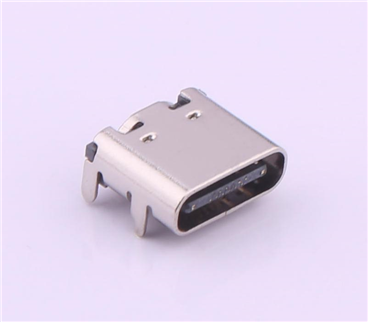
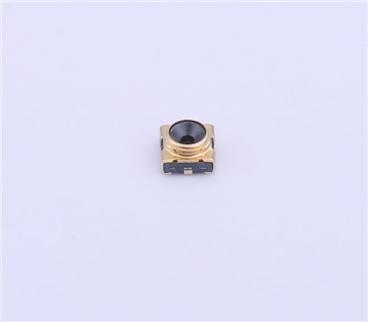
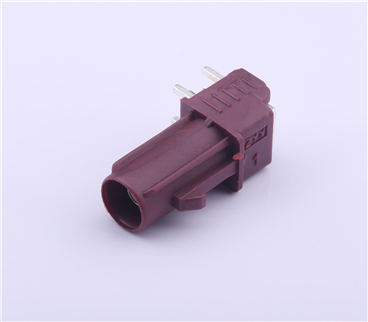
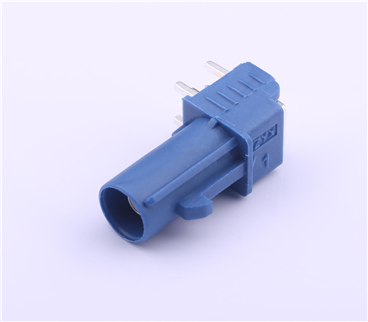
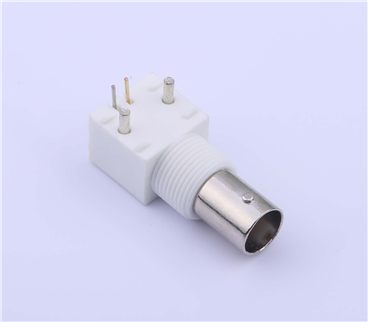
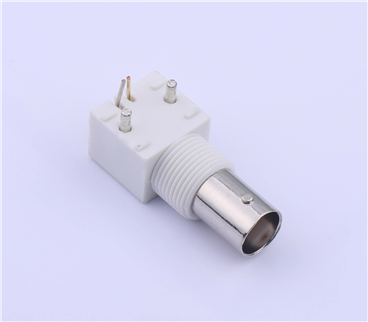
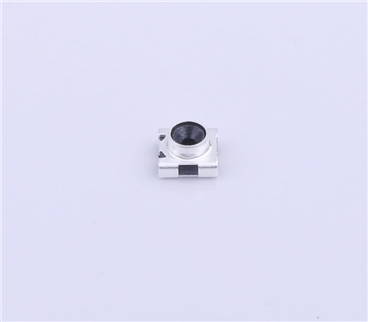
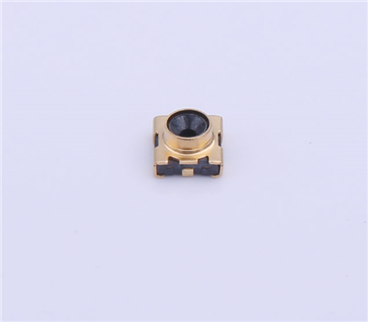
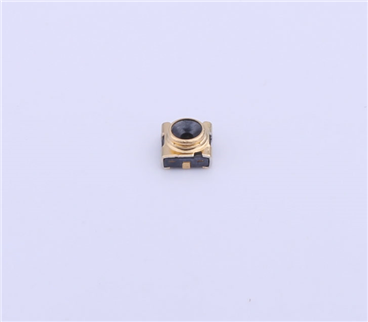
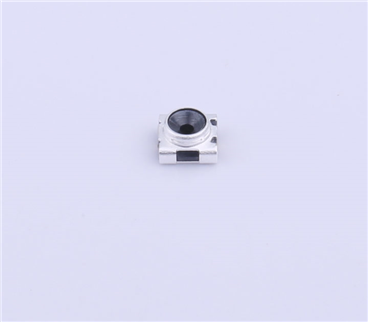
Copyright © Shenzhen Kinghelm Electronics Co., Ltd. all rights reservedYue ICP Bei No. 17113853